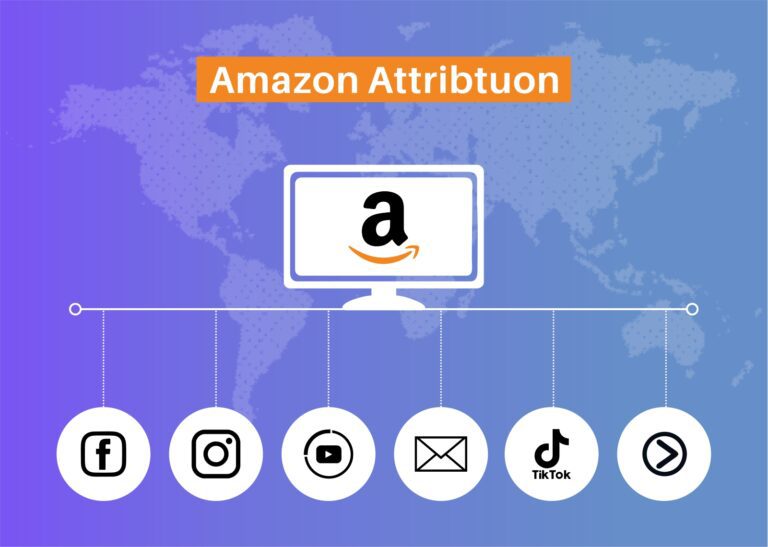

You’re running ads on Instagram, Google, or YouTube, but once shoppers land on Amazon, the trail goes cold. You know your off-Amazon campaigns are driving traffic, but you have no visibility into what actually converts.
That disconnect has real consequences. According to Amazon Ads, marketers who use Amazon Attribution to optimize their non-Amazon media have seen up to 29% higher return on ad spend (ROAS) by making data-backed decisions.
That’s where Amazon Attribution comes in. It bridges the gap between your off-Amazon ads and on-Amazon sales.
In this guide, you’ll learn exactly how Amazon Attribution works, how to set it up step-by-step, and how to use it to finally prove and improve the ROI of your external ad campaigns.
When someone clicks your Google or Meta ad and buys something on Amazon, you don’t automatically get credit. Amazon doesn’t pass back any referral info the way other platforms do. That leaves you guessing about what’s working.
Amazon Attribution is a free tool that lets you create special tracking links for any off-Amazon ad. These links show you exactly how many views, add-to-carts, and purchases came from your external traffic. You can finally connect your ad spend to real Amazon sales.
If you’re a brand-registered seller or vendor, you can access Amazon Attribution. It’s also available to agencies managing seller accounts. If you're not brand-registered yet, it’s worth it just for this feature.
When someone clicks your ad with an Attribution link, Amazon follows their behavior on the site. It records what pages they visit, what they add to their cart, and what they buy. That data is tied back to the specific ad and channel.
Amazon Attribution uses a 14-day click window. That means if someone clicks your ad and makes a purchase within 14 days, you receive the credit. Amazon uses a last-touch model, which means the last ad the customer clicked before making a purchase gets the credit.
Use separate Attribution links for each ad platform. Then compare the performance across channels to guide your budget allocation.
Review data weekly to spot consistent patterns, not just short-term wins.
Compare different platforms and ad formats. Make decisions based on ROAS and user behavior, not guesswork.
Sending traffic blindly wastes money. Amazon Attribution provides clarity. It shows what’s working, what’s not, and what steps to take next.